Everything you wanted to know about Russian dairy products

Russia is a paradise for all dairy food fans. Here you can find countless products, many of which may surprise you.
1. Milk
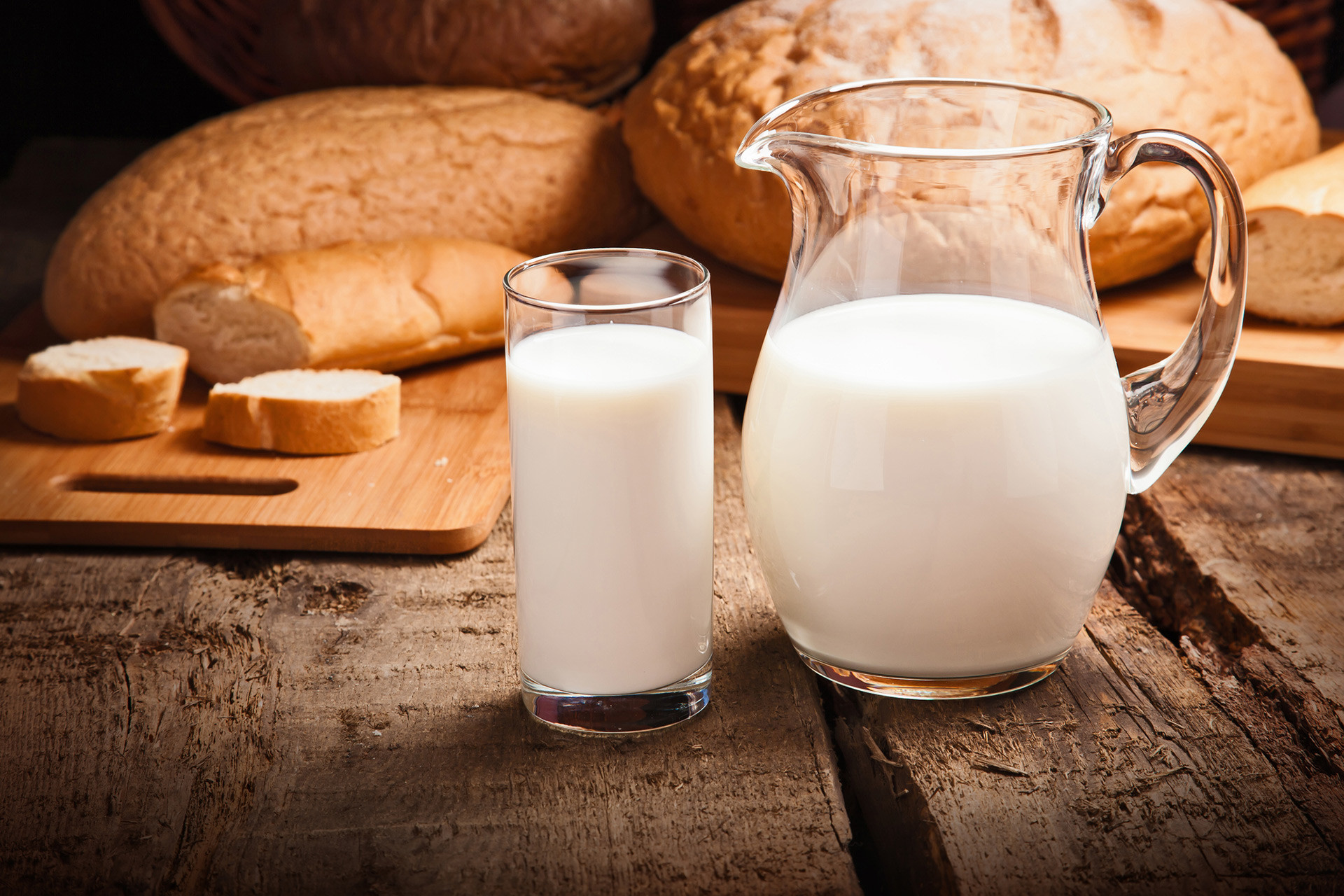
Besides cow’s milk, some Russian farms also produce goat’s milk. Moreover, in the Kostroma
2. Baked milk
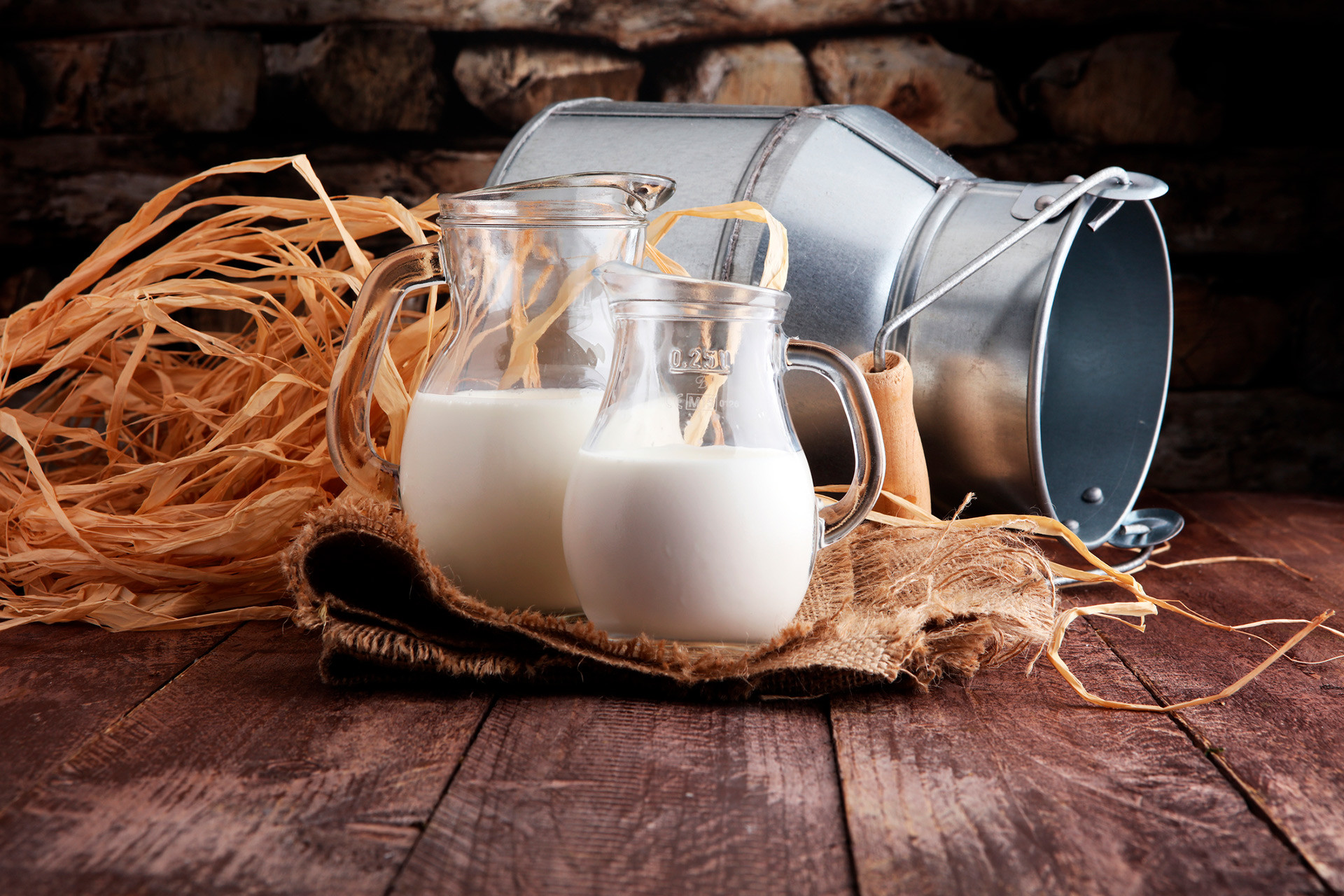
Baked, or
3. Condensed milk
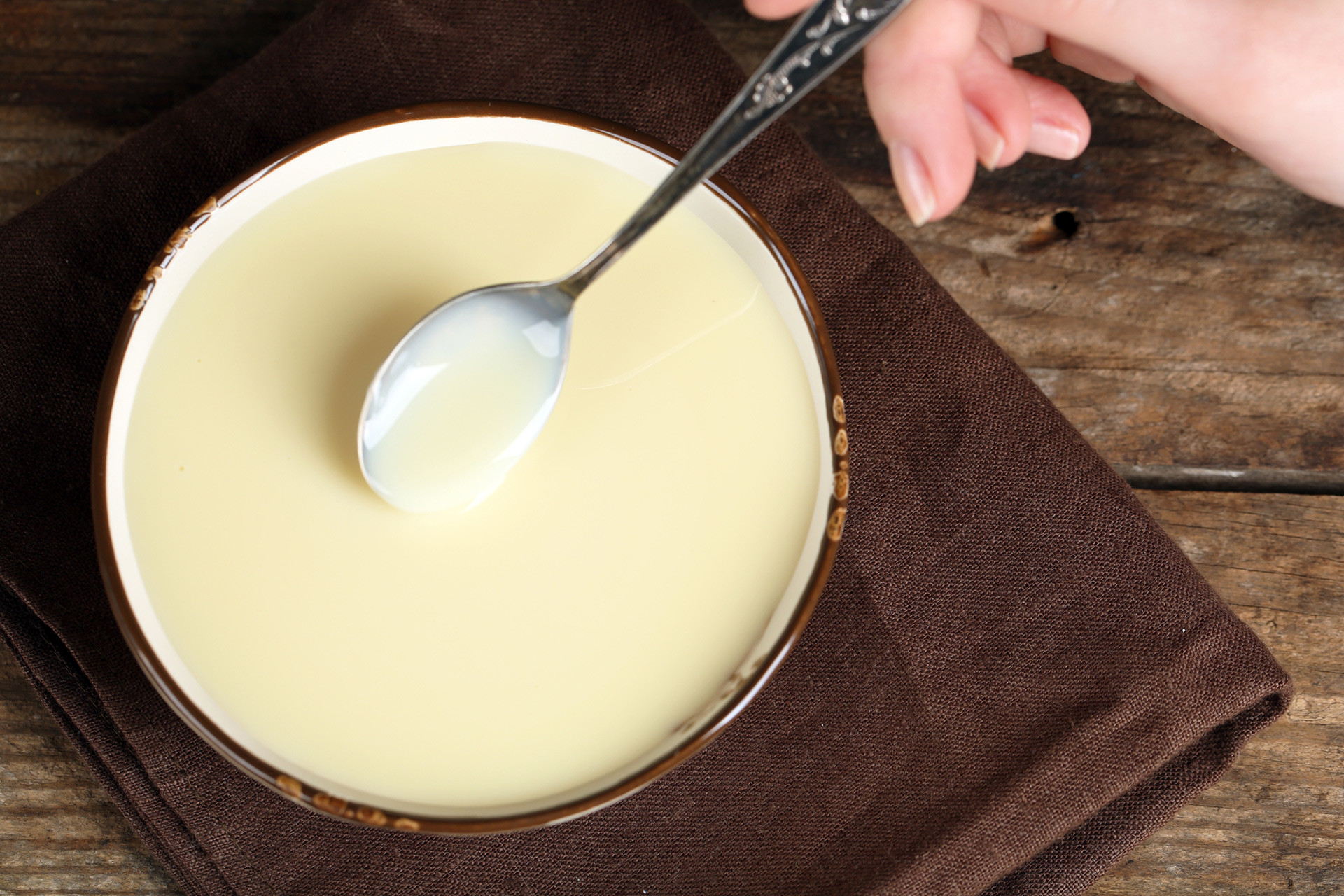
The production of sweet condensed milk (
4. Sour cream
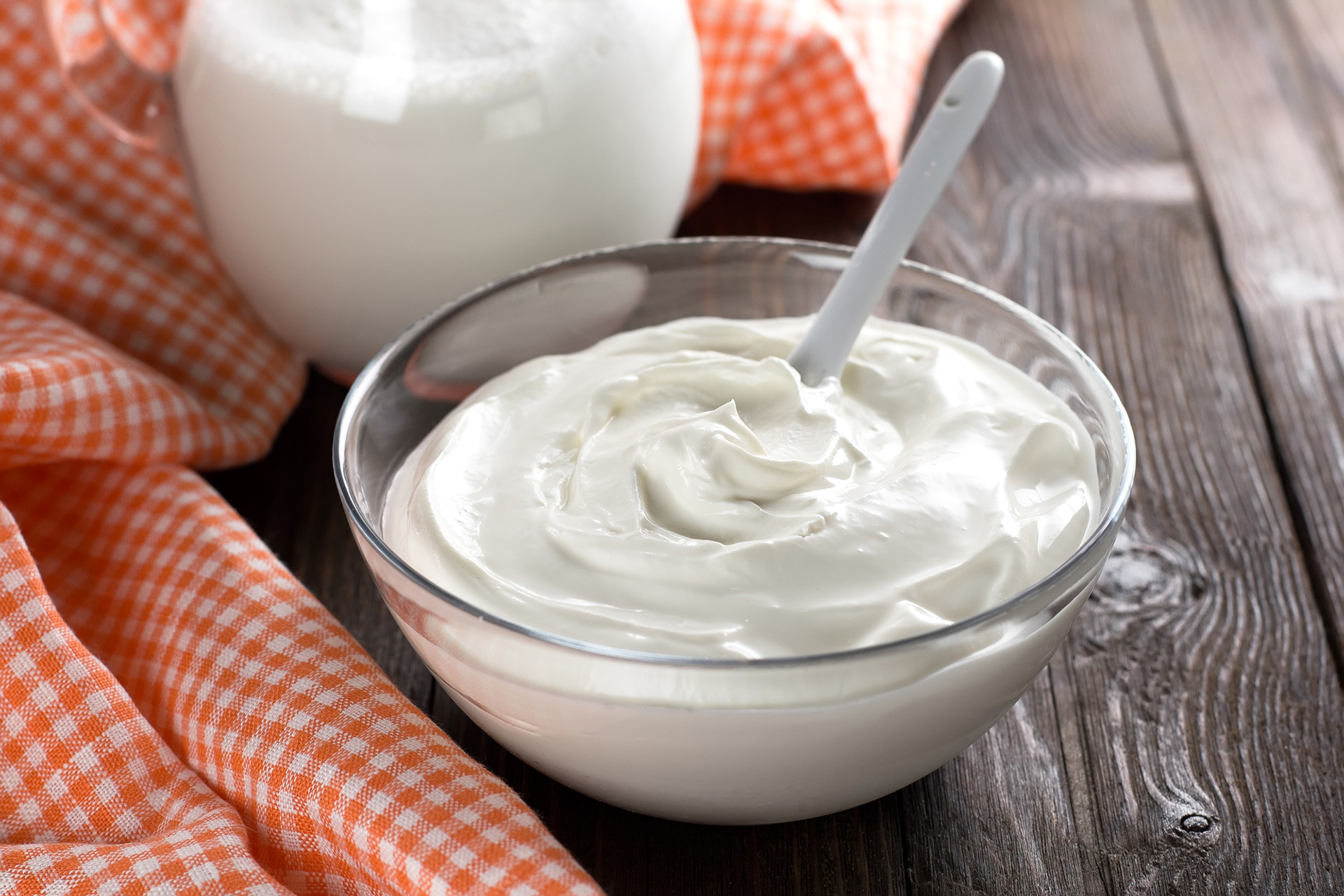
5. Slivki
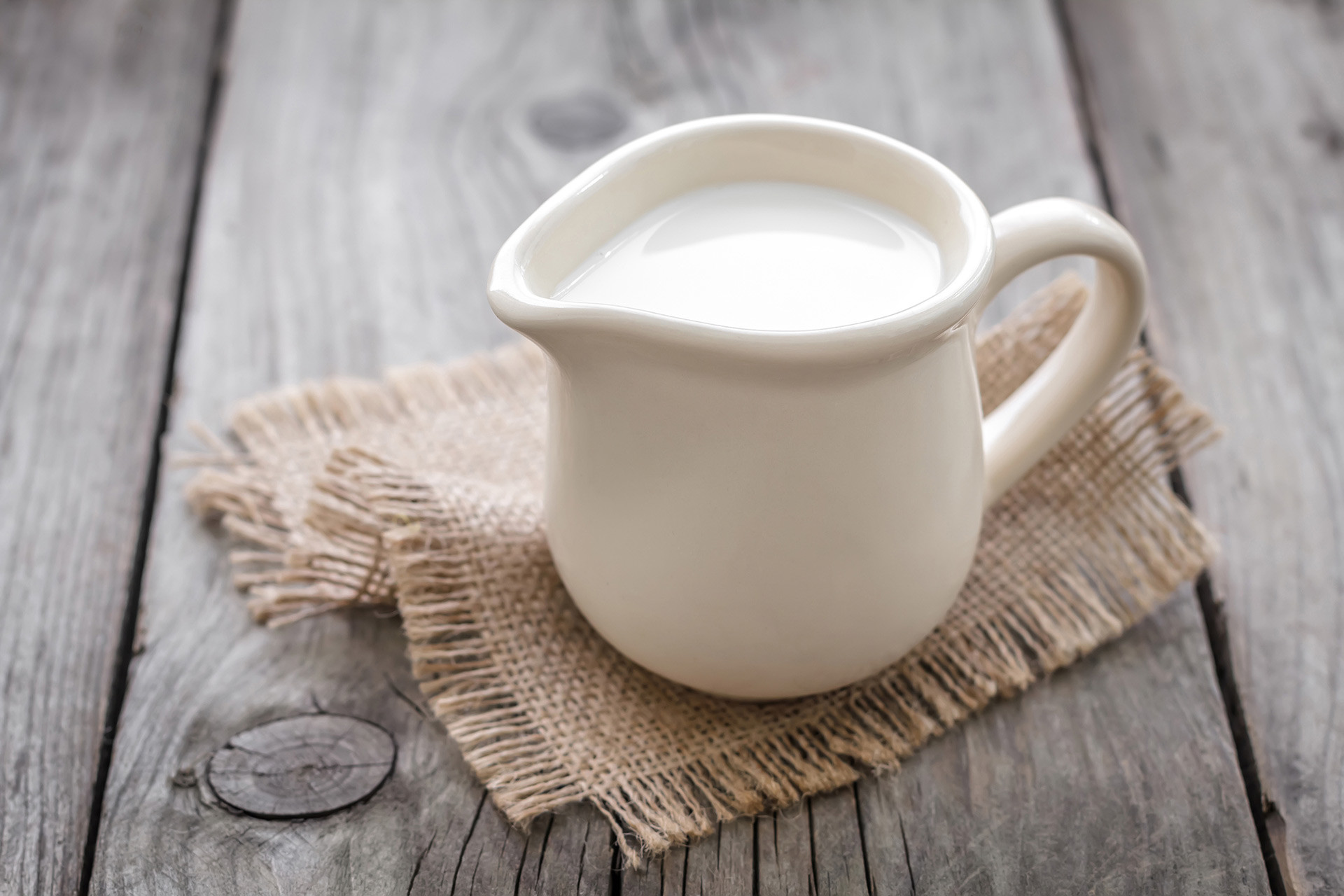
Like milk, Russian cream - or
6. Tvorog

If you want to find the foreign equivalent of tvorog, it’s only possible in a Russian shop where it is made without sugar and
It also comes in unsalted form with cream and jam usually added. Or soft tvorog, which is similar to quark or curd. If you add raisins and sugar, then you get a curd mass, the basis for glazed bite-sized pieces. Russian cuisine has many recipes with tvorog, from lazy vareniki to
7. Kefir
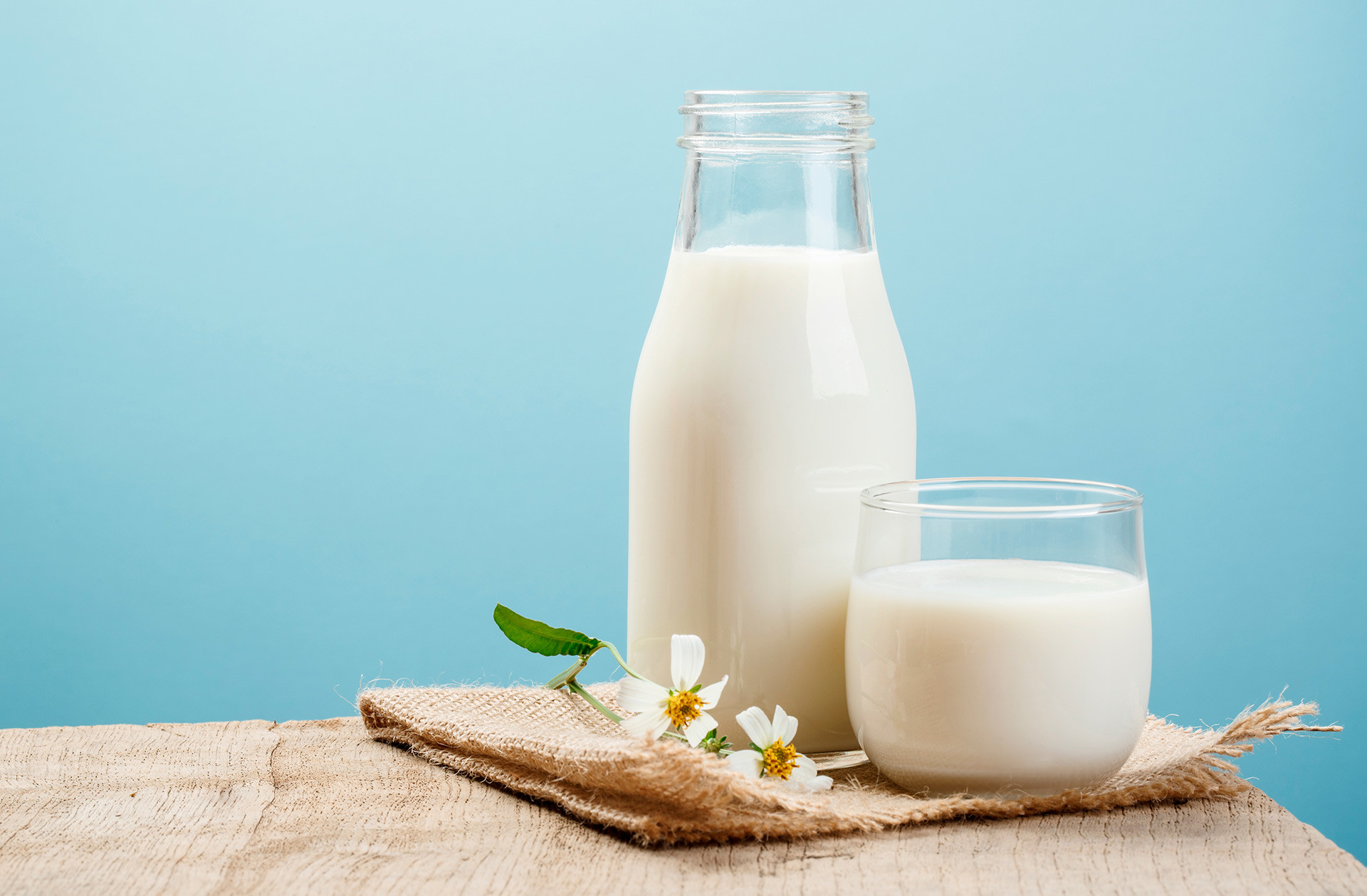
Kefir is a fermented milk drink made with certain grains comprised of bacteria and yeast. Kindergartens and hospital menus offer it, and people trying to lose weight (here’s how), often drink it with lots of greenery: Dill and parsley. Russians also use this drink to marinade shashlik, make bliny, and for cold okroshka. Enriched with
8. Ryazhenka
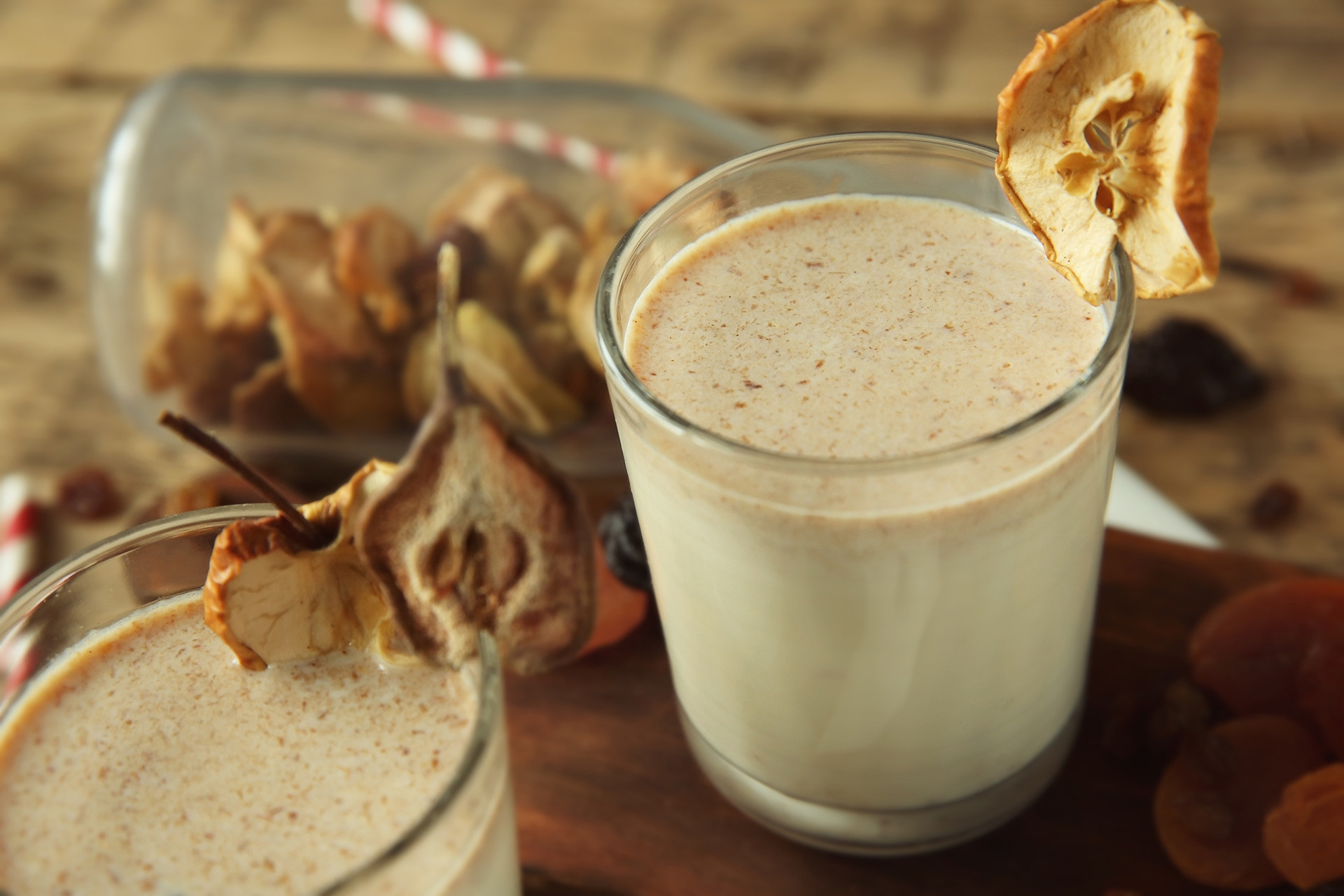
Ryazhenka is made by simmering baked milk on a low heat for several hours. A lot of Russians do it at home, just mixing it with sour cream and leaving it for a night. Like any fermented dairy product, this is healthy drink for people trying to control their weight.
9. Yogurt
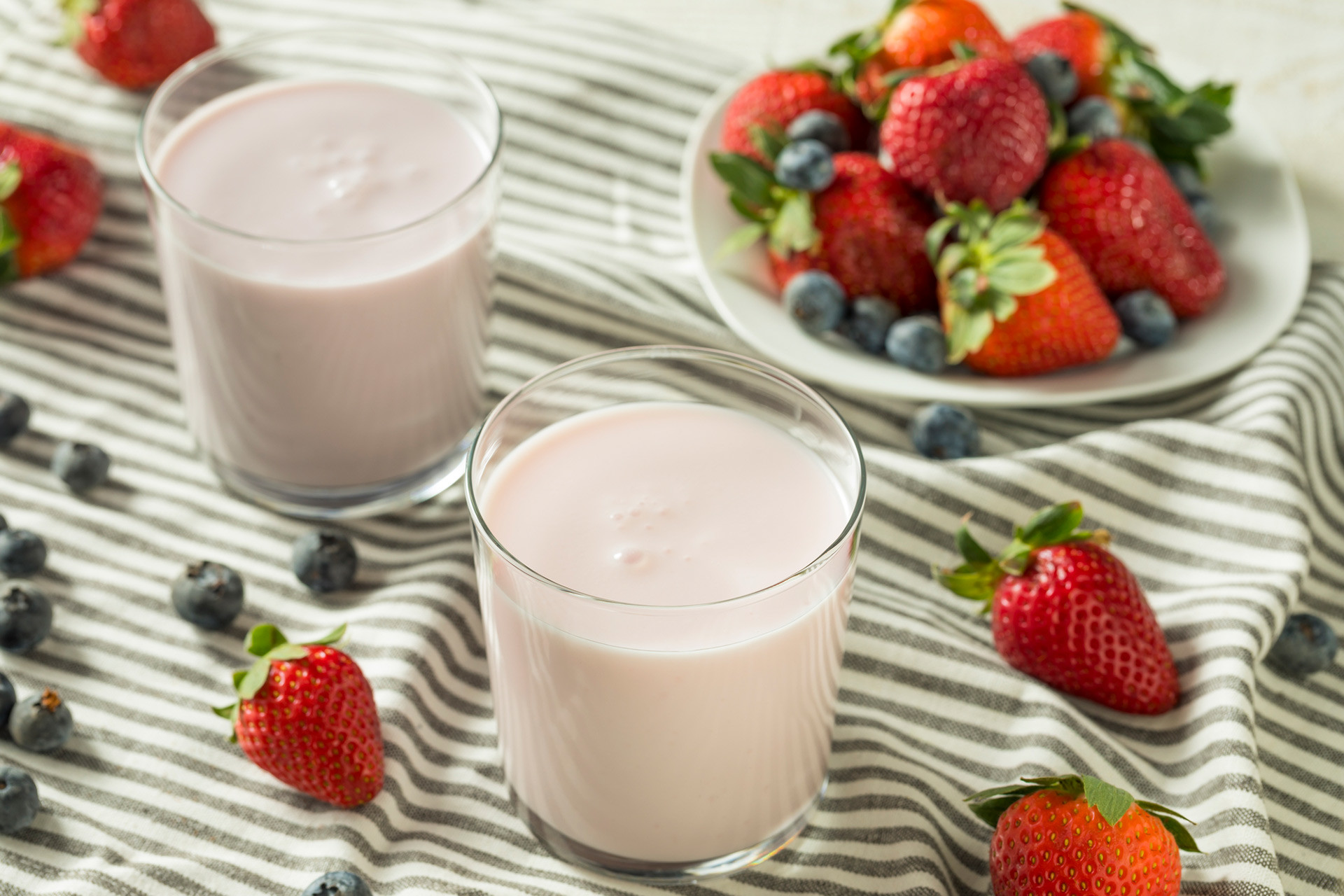
Bulgarian yogurt is very popular in Russia and produced in many different varieties here. You can find drinking yogurt of various fat contents here, as well as dense and thermostatic types. Meanwhile, Russian yogurt is not only made from cow’s milk, but also from goat’s milk. Besides the “natural” taste, Russia has many sweet yogurts with sugar and berries.
10. Matzoon
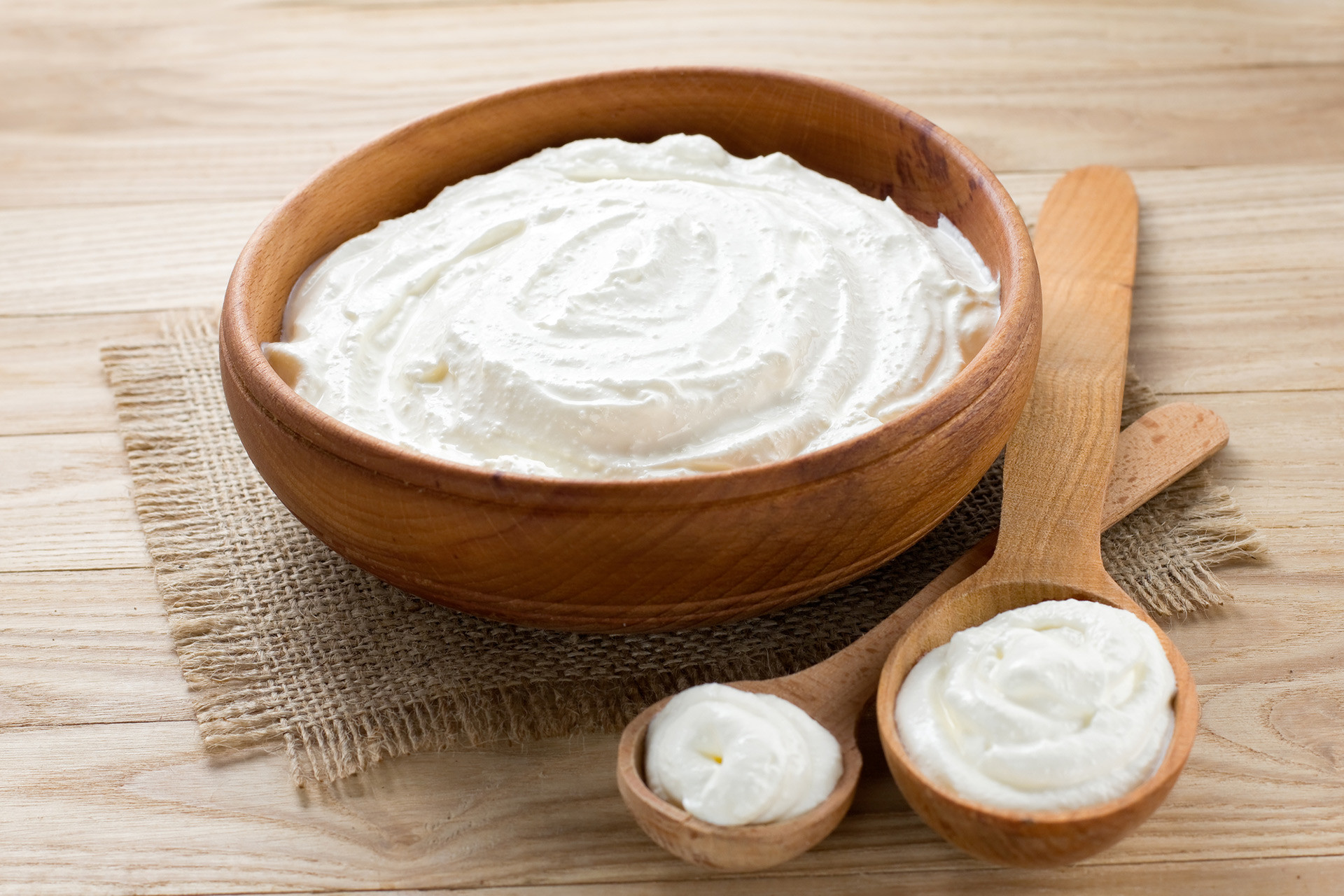
The Caucasian cousin of yogurt, popular in Russia’s South, Georgia, and Armenia, is known as the "nectar of longevity." It is believed that Matzoonlowers cholesterol levels, aids digestion, reduces blood pressure, and prevents early aging.
11. Katyk
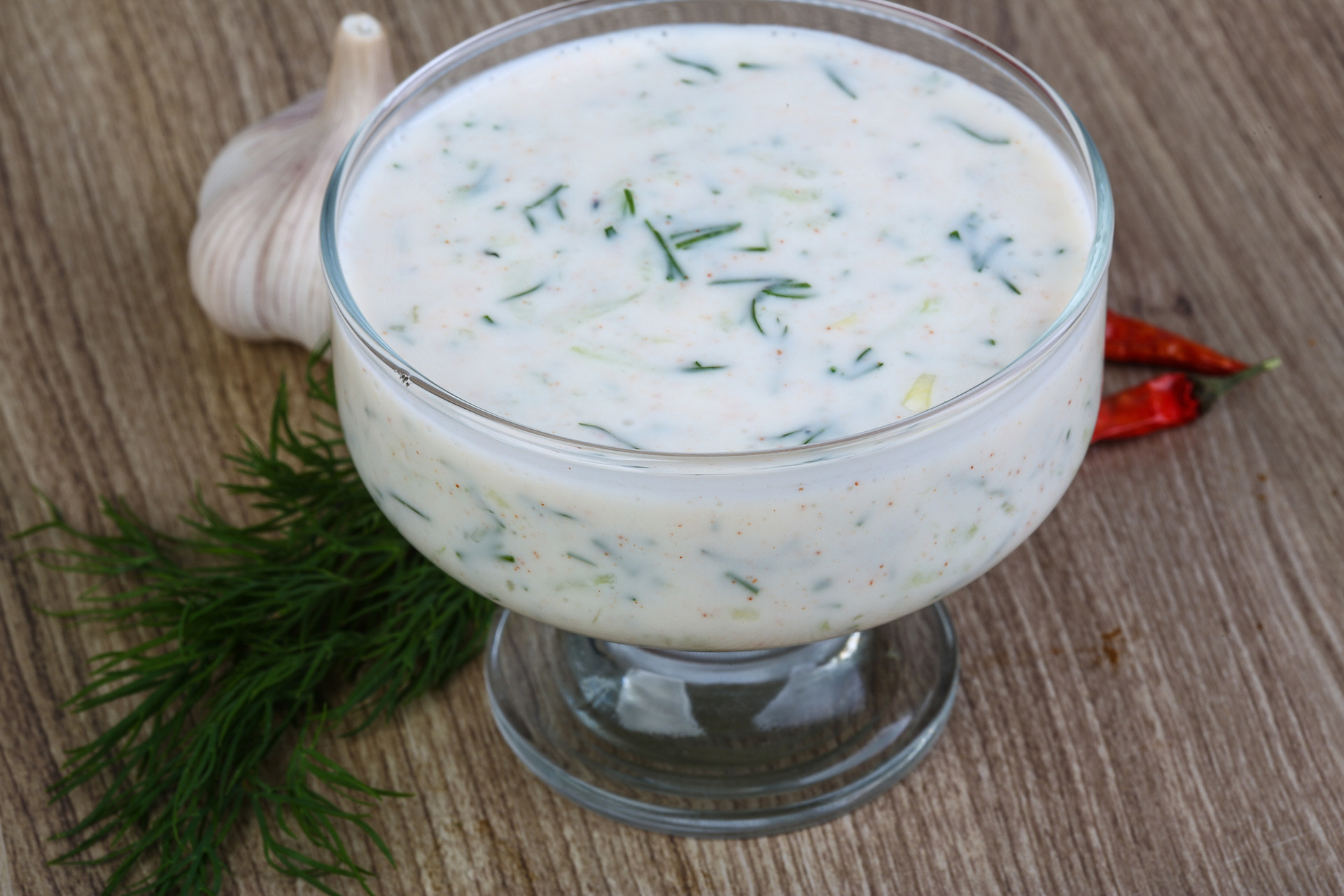
Another interesting example of Bashkir cuisine. Katyk is a thermostat fermented baked cow, goat, or sheep’s milk made with
12. Kumis
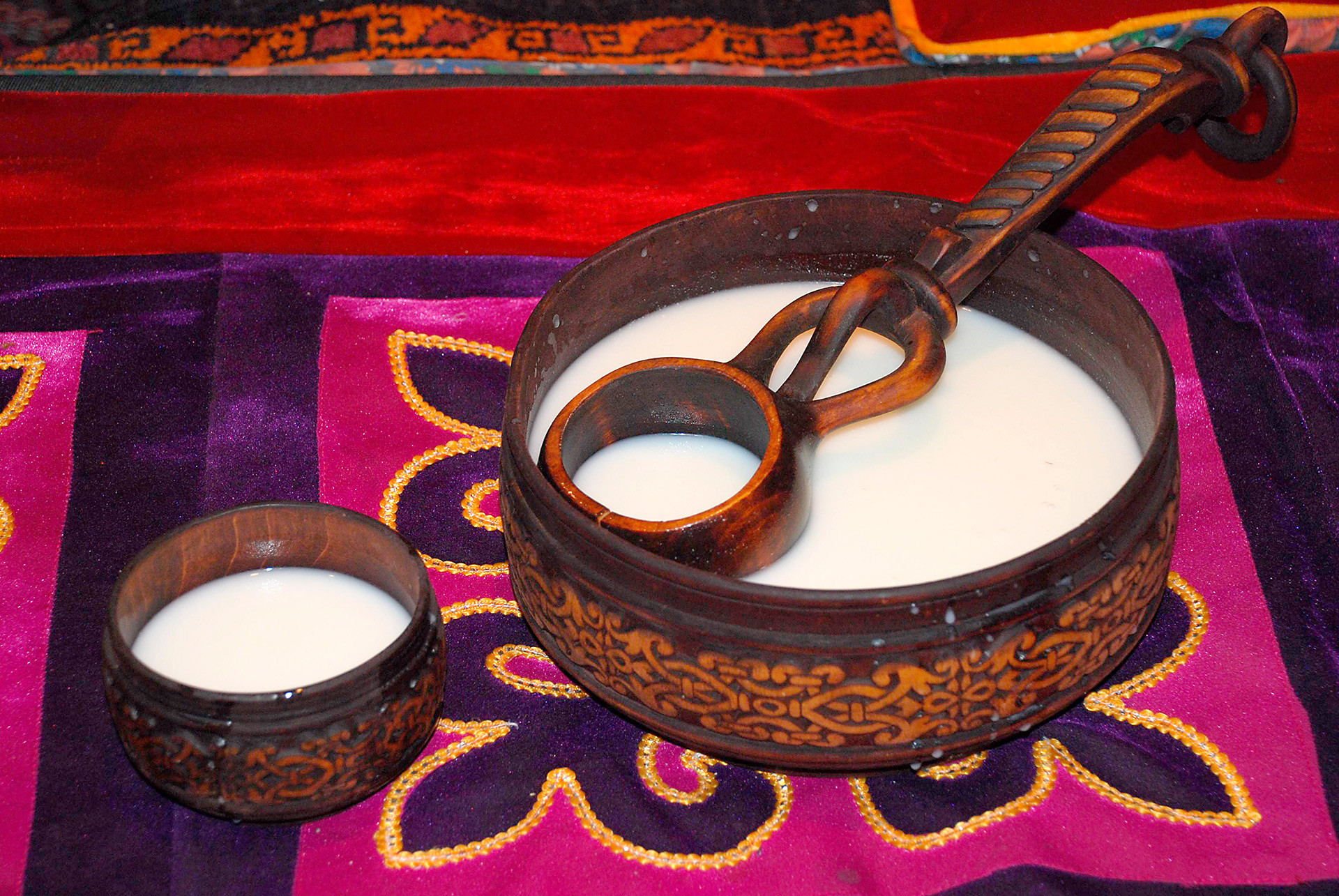
This is a traditional fermented mare’s drink, popular in Bashkiria, Kalmykia, and among nomadic people. Kumis has a bittersweet taste and low alcohol content (up to three percent). Some people think it tastes similar to kvas. This healthy drink is considered a real superfood: It improves metabolism and giving energy.
13. Snezhok
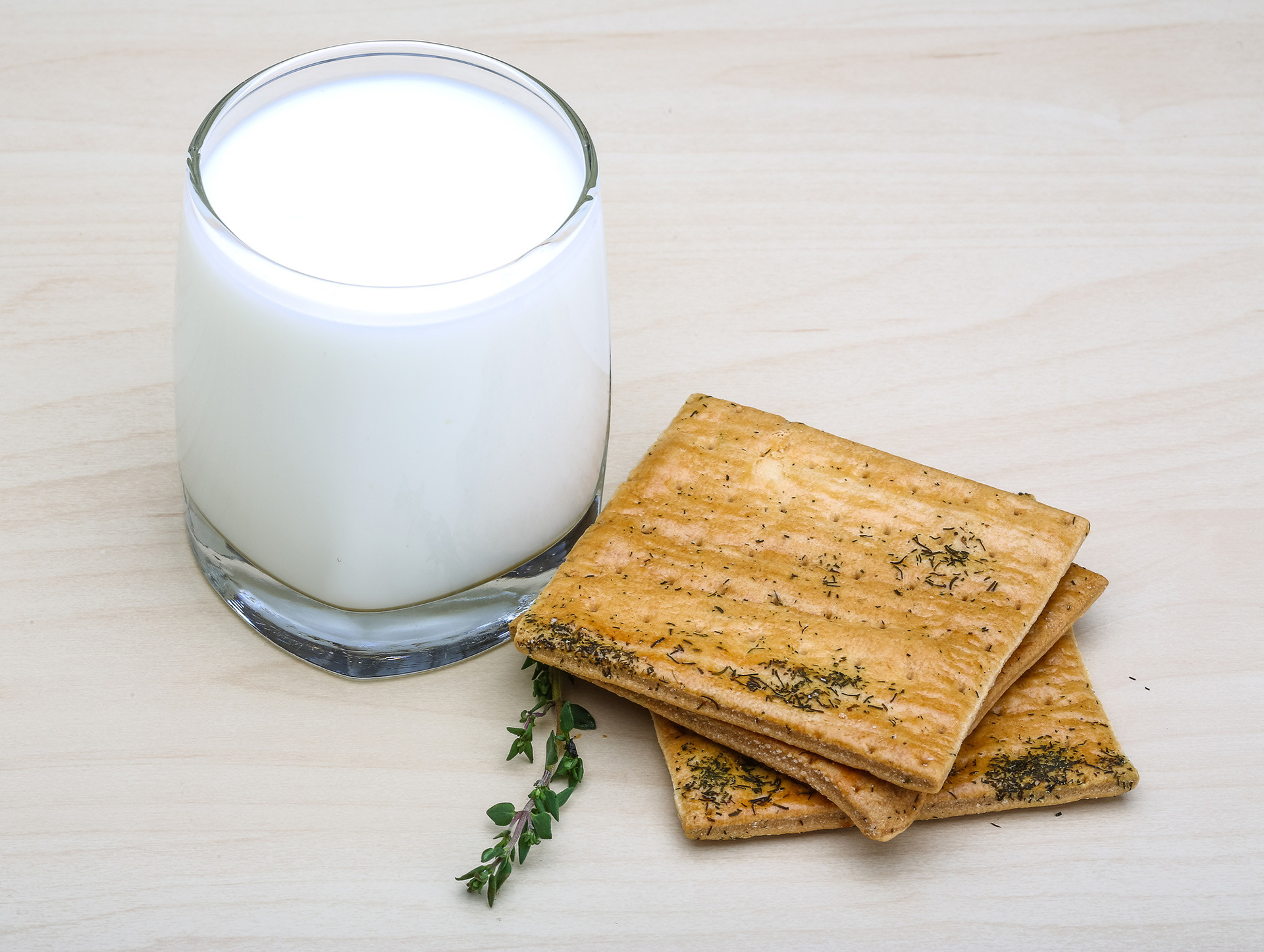
This sweet dairy drink called
14. Prostokvasha
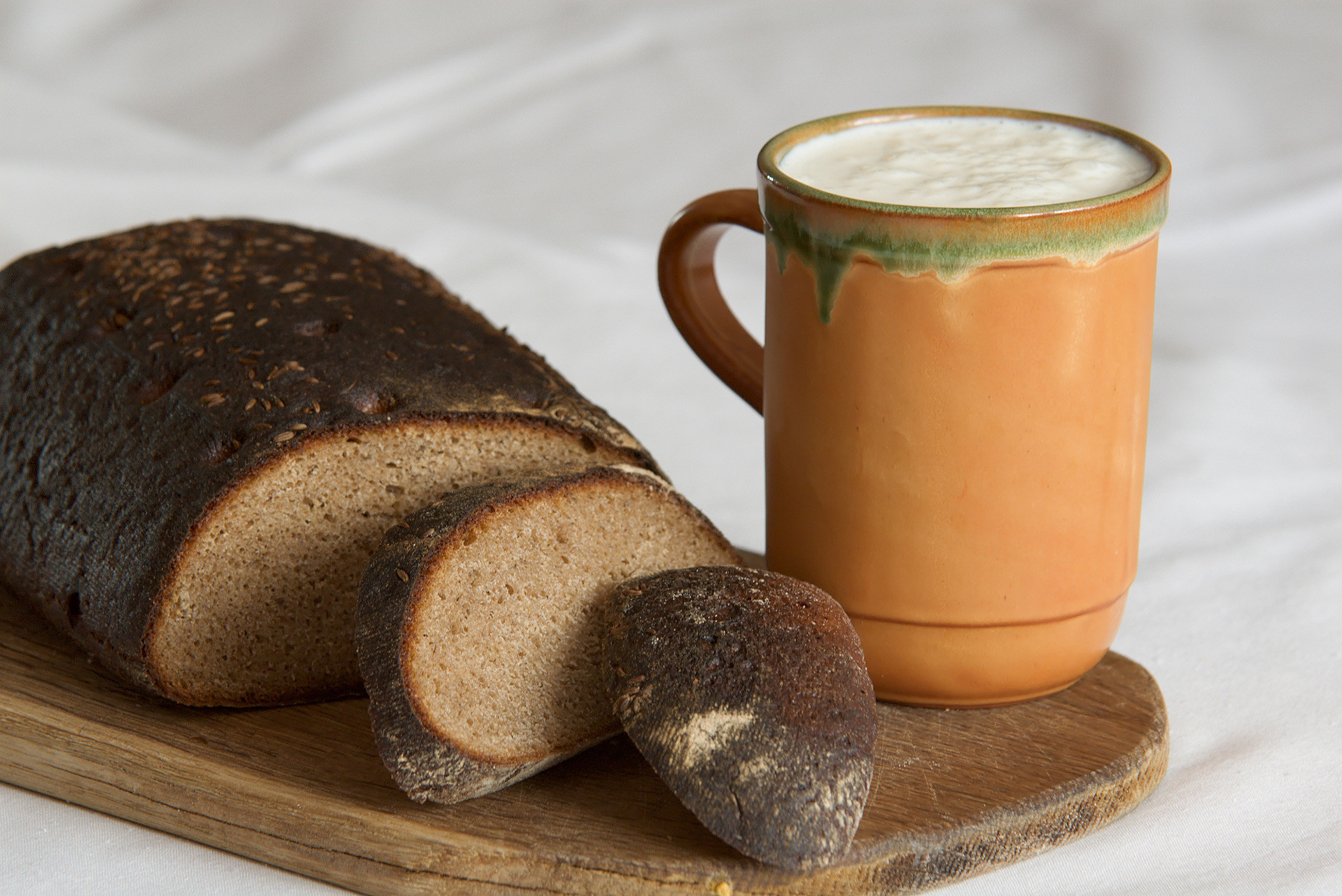
A fermented drink made from cooled boiled milk and sourdough (usually sour cream, kefir or even the crust of black bread). Prostokvasha, or soured milk, is less sour than other fermented products. It only lasts one day so drink it quickly.
15. Varenets
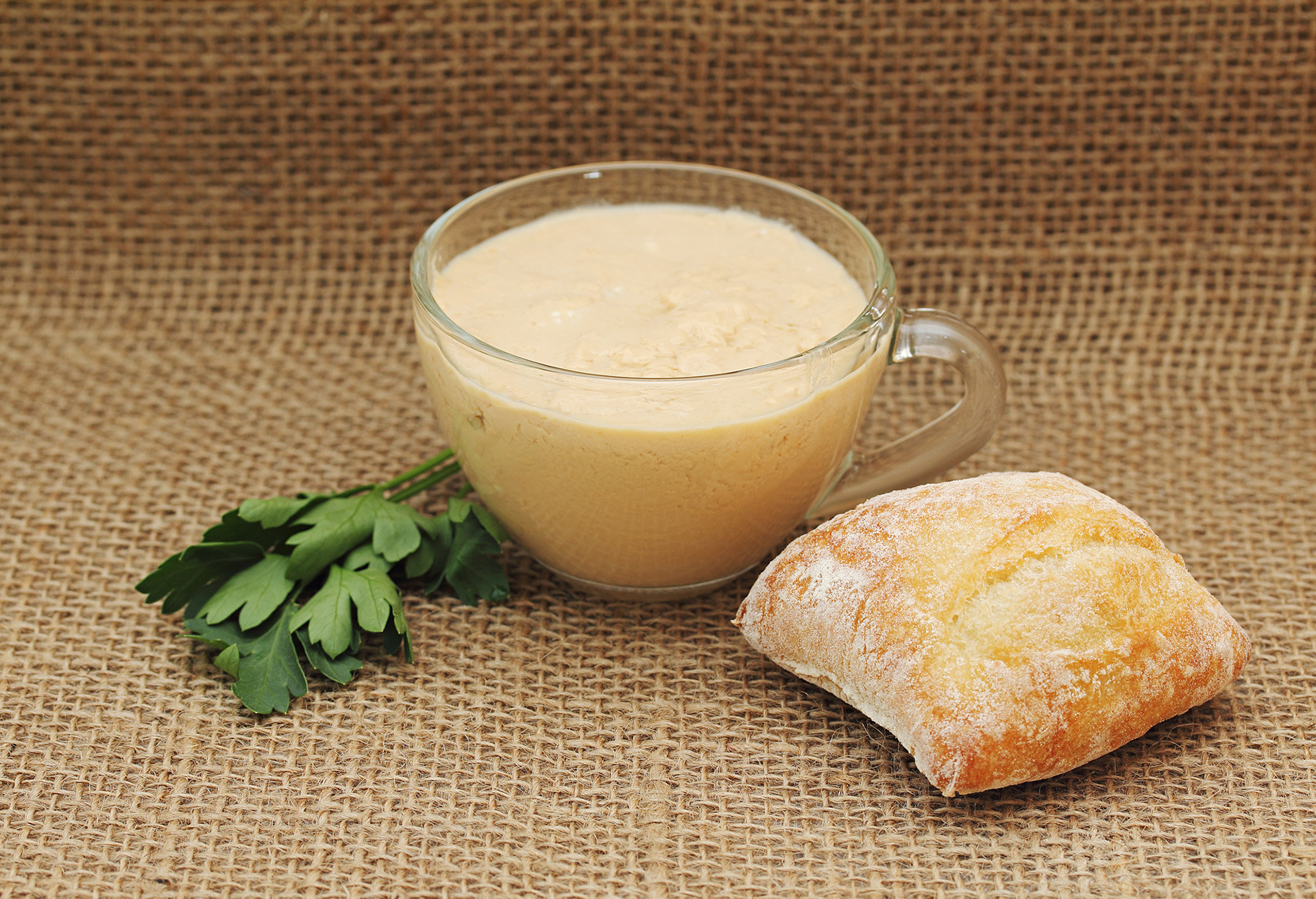
The ancient cultured baked milk from Siberia is the big brother of
16. Pakhta buttermilk
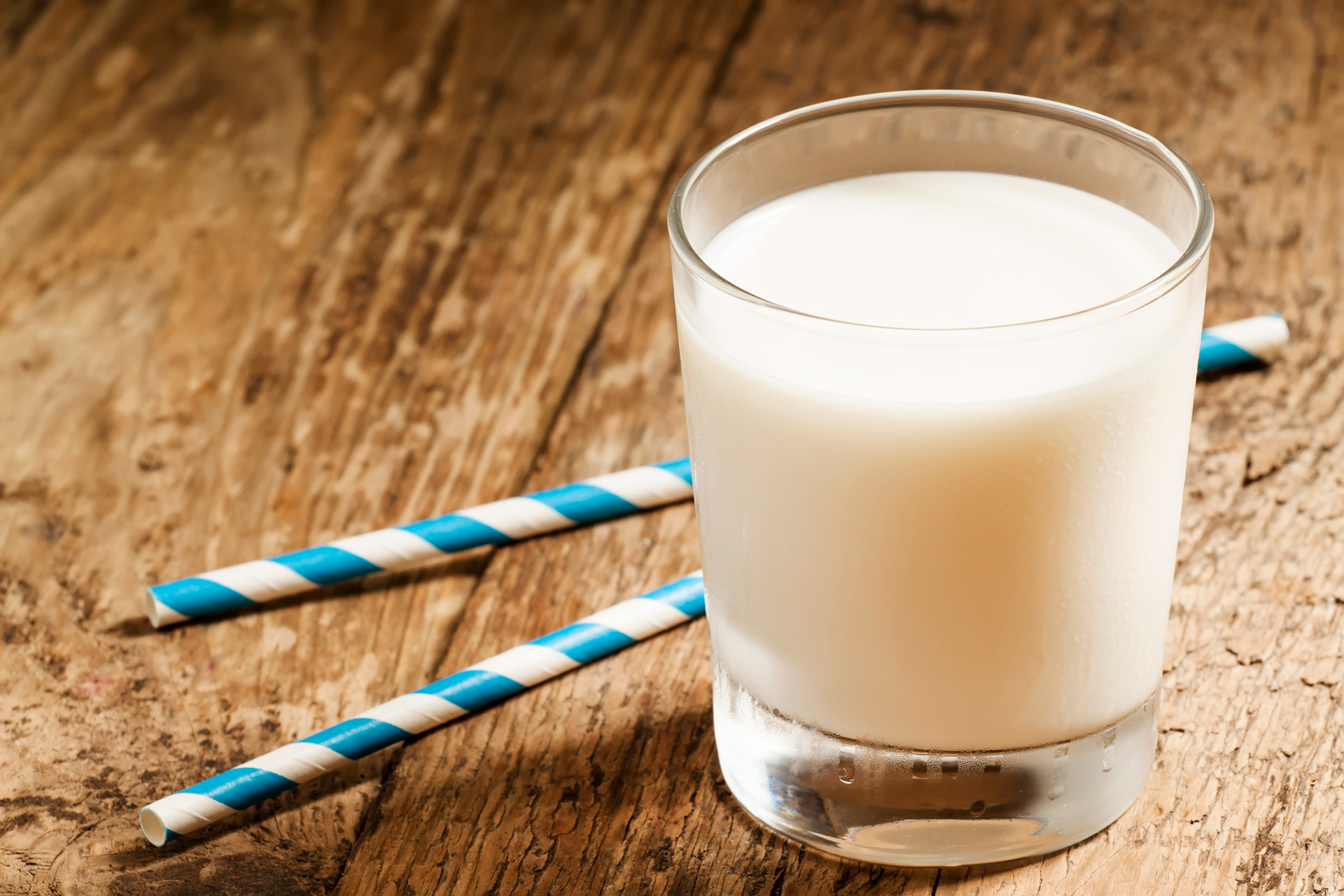
This drink is similar to buttermilk. It is defatted cream derived
17. Acidophiline
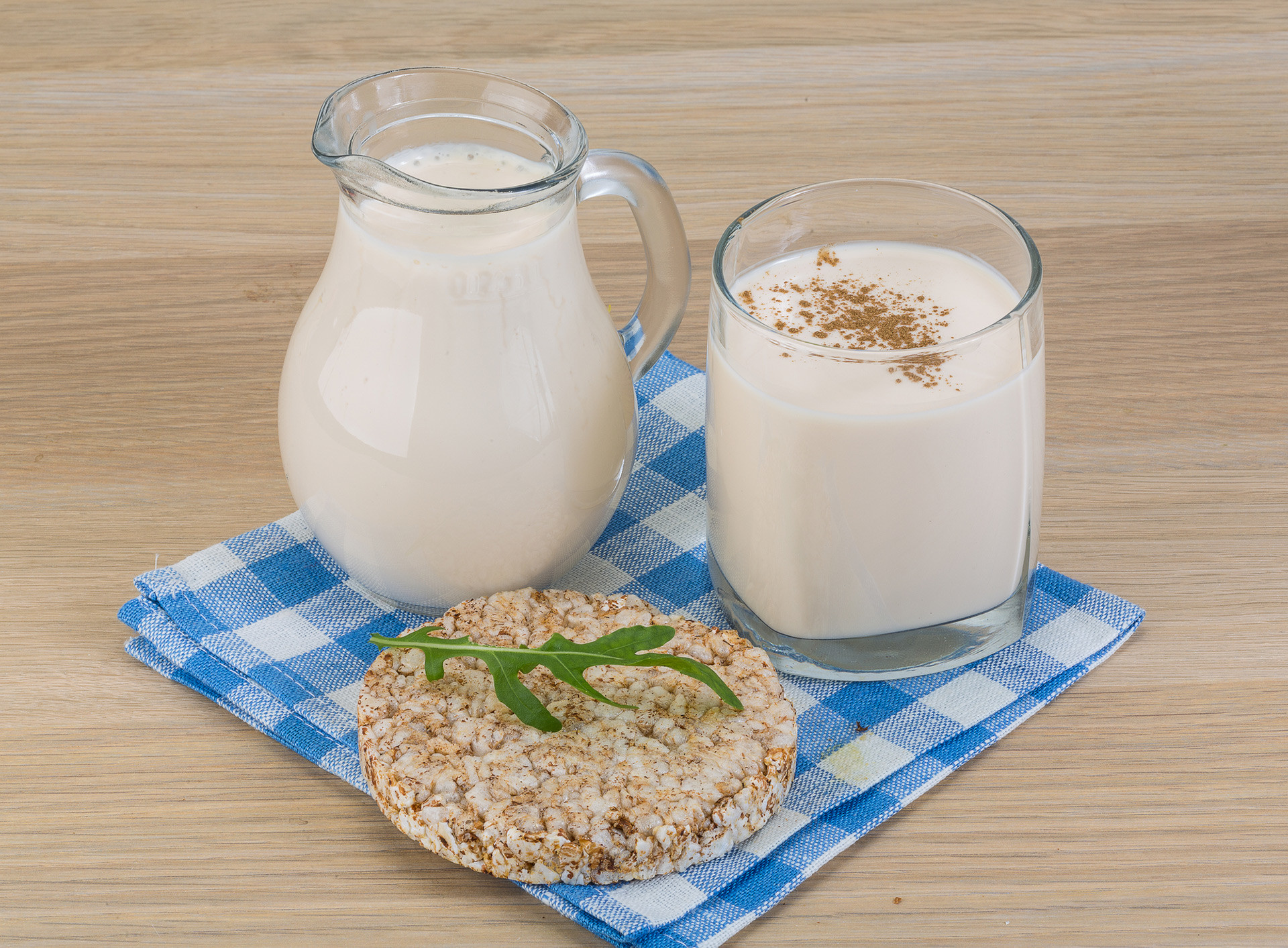
A fermented milk drink invented by Soviet technologists: To make it, they use lactobacillus acidophilus, an extremely resistant bacteria, which is not destroyed even by gastric juices. Once in the human intestine, the bacteria displaces harmful microbes. It tastes like a mixture of kefir and yogurt. The same bacteria
18. Ayran
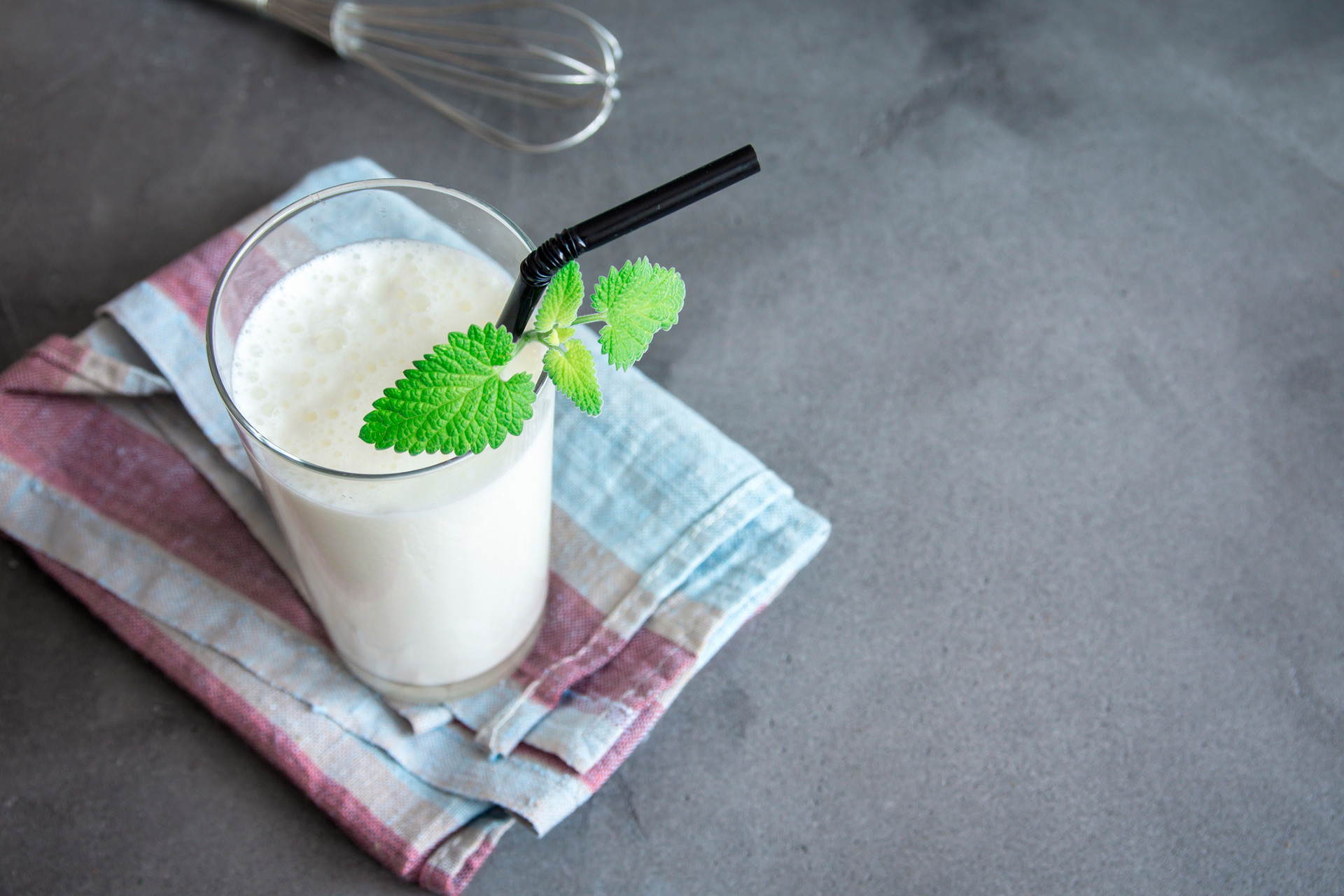
19. Tan
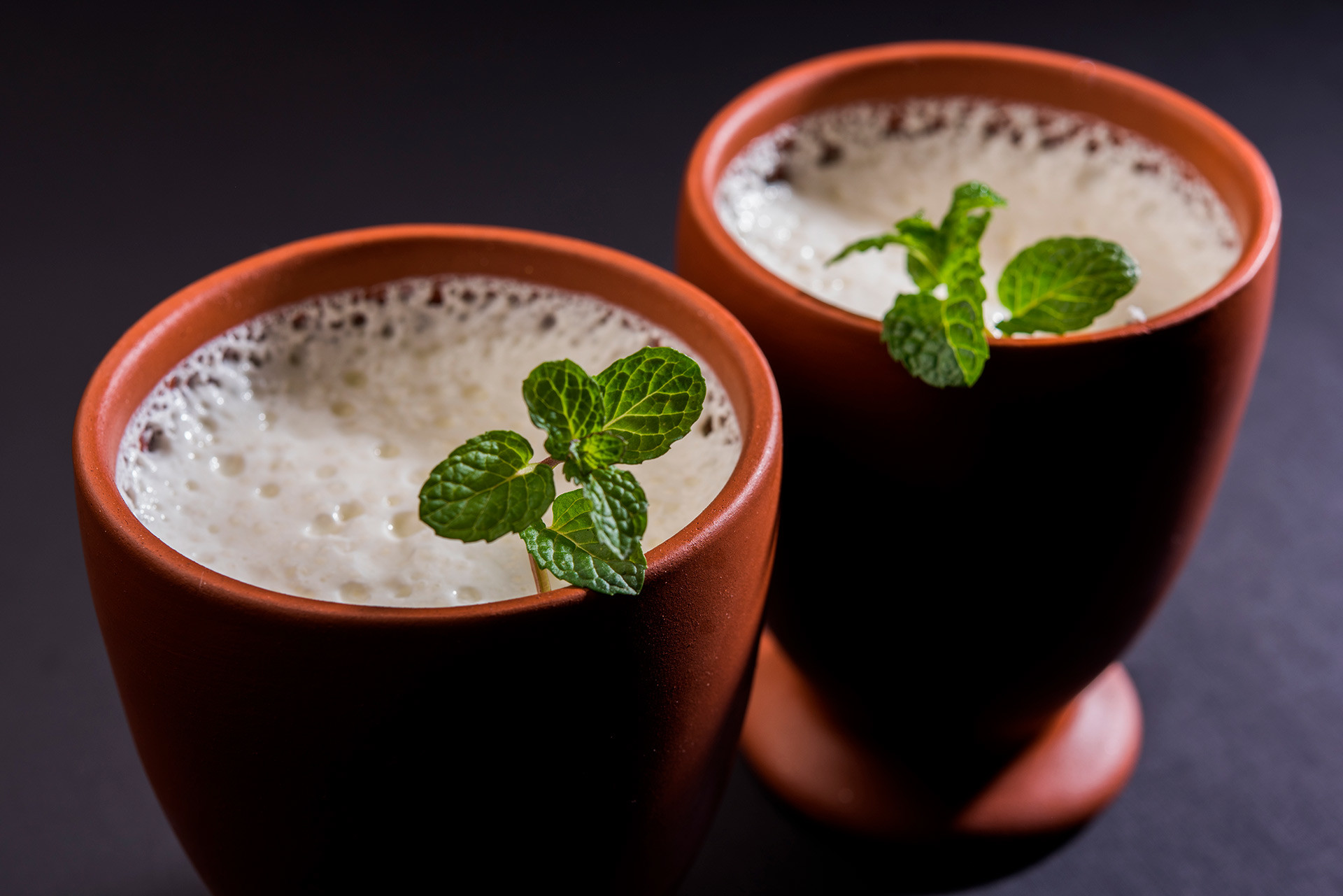
This is a savory carbonated milk drink typical in Caucasian regions. Due to its pepper and mint seasoning, the taste is quite strong. Worth trying!
If using any of Russia Beyond's content, partly or in full, always provide an active hyperlink to the original material.
Subscribe
to our newsletter!
Get the week's best stories straight to your inbox